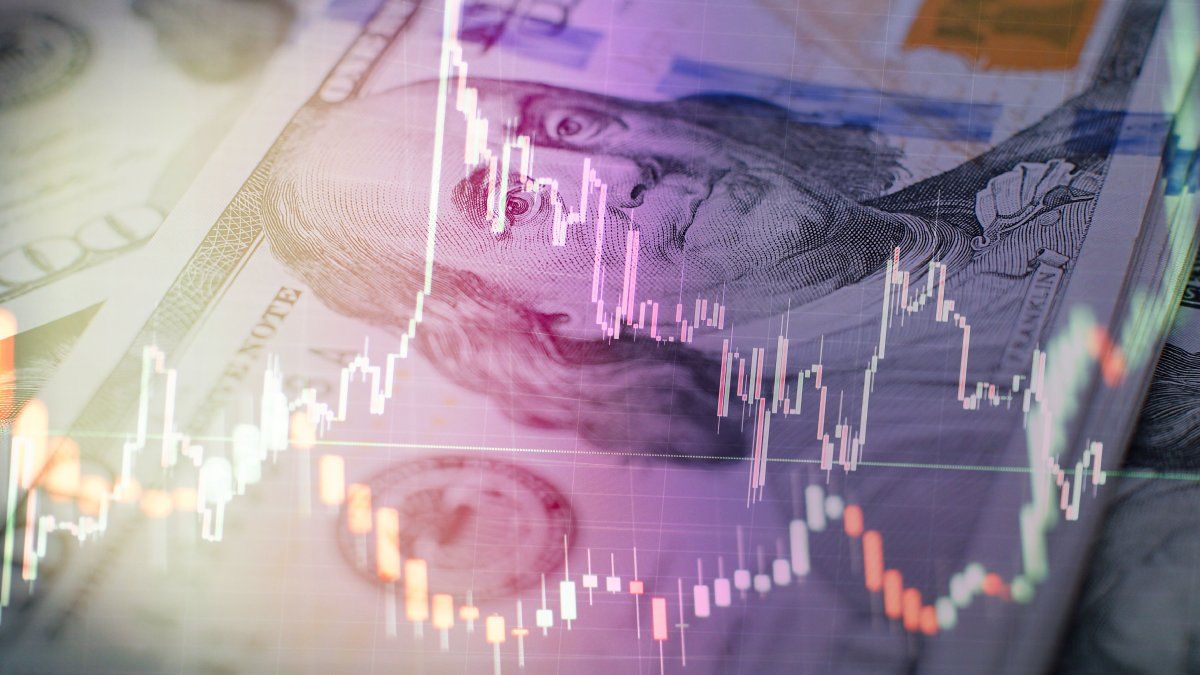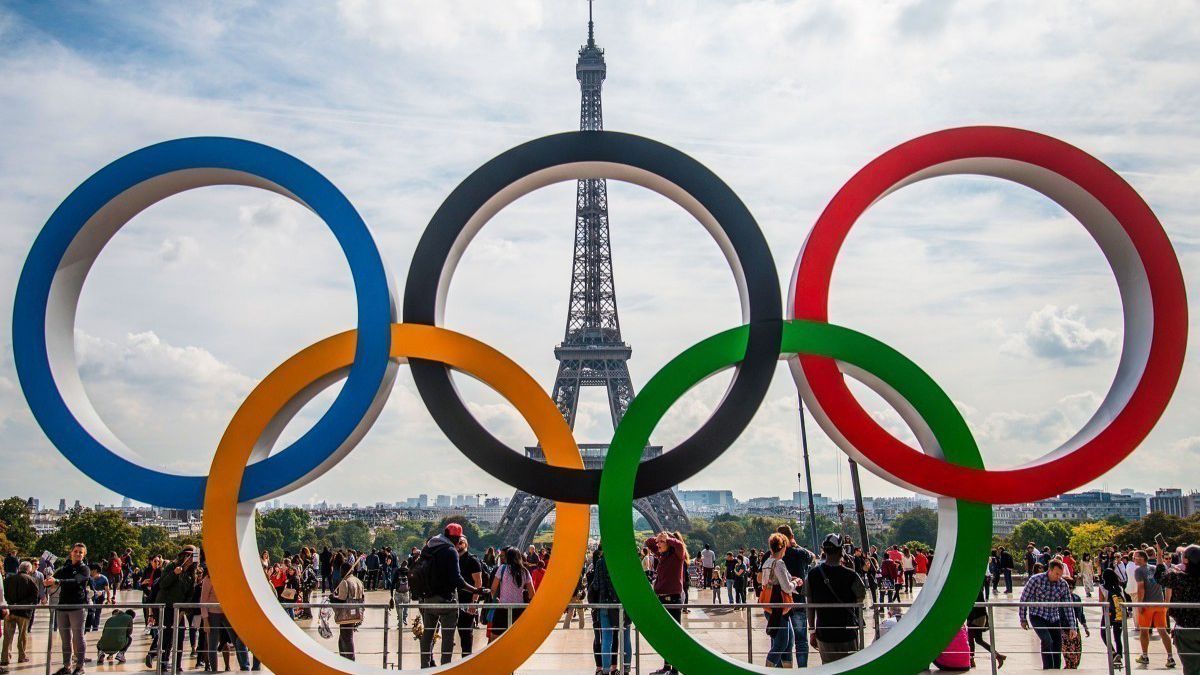Trade relations, climate change and China again: The last stop on the German Foreign Minister’s trip to South America also deals with the major current crisis issues.
Foreign Minister Annalena Baerbock ends her six-day trip to Latin America today with a visit to Panama. In the morning (local time), the Green politician has a meeting with Foreign Minister Janaina Tewaney on the agenda. Later, a visit to the Panama Canal, which connects the Atlantic with the Pacific, is planned. With around 4.5 million inhabitants, Panama is one of the smaller countries in Central America.
According to the federal government, Panama is very interested in cooperation with the European Union (EU) in the areas of energy, climate, security and connectivity. The EU wants to set up one of several regional centers against disinformation planned worldwide in Panama. China also has economic interests in the country.
Main export country in Central America
Panama is Germany’s main export country in Central America. The country primarily obtains chemical products, machines, cars and car parts from Germany. Germany mainly imports raw materials such as copper, tropical fruits such as bananas, pineapples and watermelons, as well as palm oil, seafood and coffee. The German-Panama Chamber of Commerce has around 130 members.
In connection with Russia’s war of aggression in Ukraine, Panama co-sponsored UN resolutions condemning the attack. However, a duty of neutrality derived from the canal treaties also determines current actions in relation to Russia. For example, Panama has shown reluctance to initiate initiatives to exclude Russia from UN special organizations.
Around six percent of world trade passes through the Panama Canal
Among other things, Baerbock wants to visit a historic control stand of the Miraflores locks located at the Pacific estuary of the canal. Opened in 1914, the Panama Canal is one of the most important waterways in the world. It is around 80 kilometers long, starting in Colón in the north and ending near Panama City in the south. Around 14,000 ships pass through the Panama Canal every year, and around six percent of world trade is handled through it.
After the opening of the expanded canal in 2016, the waterway has three systems of locks, through which the ships are raised to the level of Lake Gatun, which is 28 meters above sea level, and later lowered again. Since the canal was expanded, large tankers and freighters with up to 14,000 containers can also be channeled through the canal.
Climate change has a direct impact on the Panama Canal, which is an important source of income for the Central American country. As rain falls in the region and temperatures rise, the water level in the Panama Canal’s artificial Gatun Lake has dropped. This has a negative effect on the navigability of the waterway. Most recently, the maximum draft with which ships may pass through the canal was lowered again.
Baerbock visits German climate research ship
Climate change is the focus of the visit by the German research ship “Eugen Seibold” from the Max Planck Institute for Chemistry in Mainz. Since March, the experts on the sailing ship have been researching the East Pacific sea corridor between Costa Rica and Ecuador for the next three years from Panama. The focus in the field of oceanography is on climate change and the change in ocean currents due to the increase in the greenhouse gas CO2.
Source: Stern
I have been working in the news industry for over 6 years, first as a reporter and now as an editor. I have covered politics extensively, and my work has appeared in major newspapers and online news outlets around the world. In addition to my writing, I also contribute regularly to 24 Hours World.




